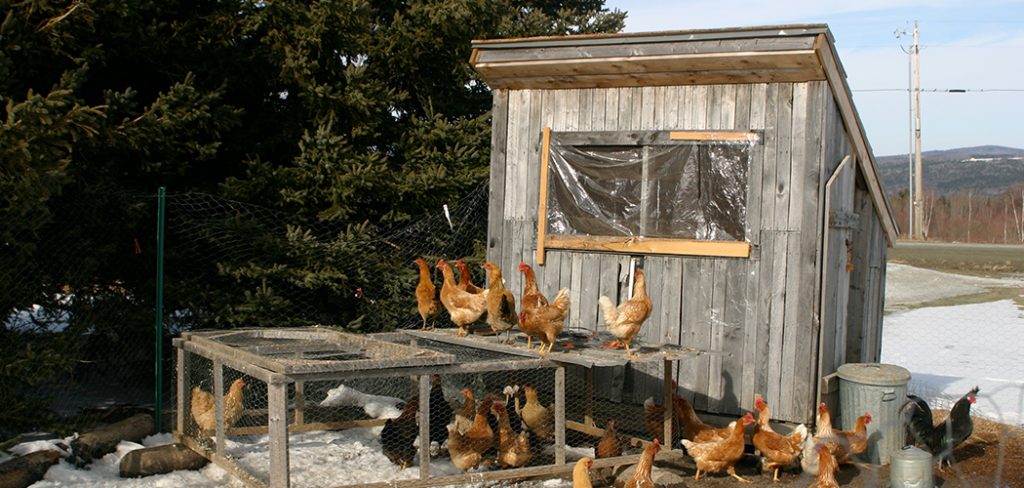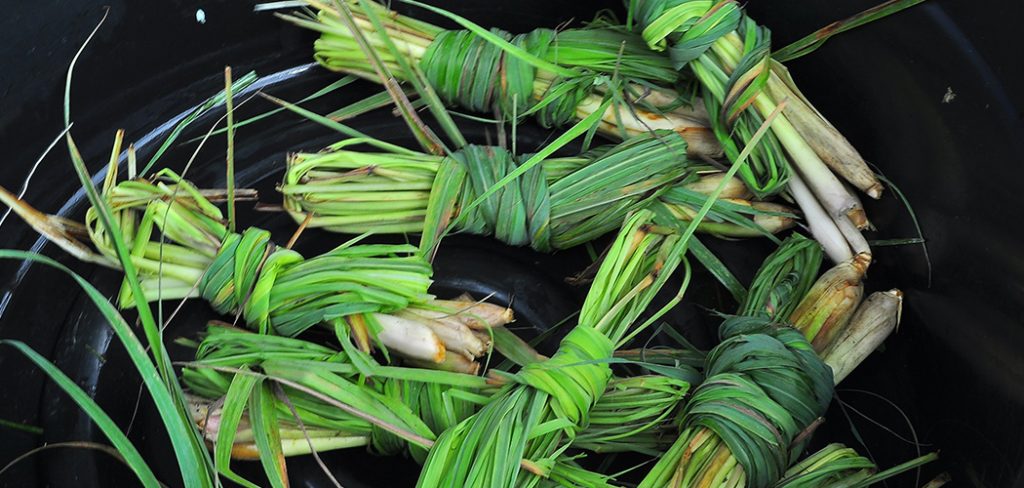We will now focus on flowers and plants that start with ‘R’. Here is initial information about plants such as Ranunculus, Rosemary, Rudbeckia fulgida, Reginae Strelitzia. Of which, Rosemary is the most interesting to us because of its constant appearance in our everyday cooking. If you cook regularly, we advise you to use it in soups, salads, and porridges. But you can put it on top of roast chicken, pork, beef, also on baked potatoes, regularly put in a bean pan, etc. Rosemary can actually be used in any dish.
1. Reginae Strelitzia
This beautiful exotic plant grows extensively in the Canary Islands and South Africa. It is known as the Strelitz or Bird of Paradise. Due to the bloom of six to eight flowers on the top of the flower stalk, it is an extremely decorative plant. It reaches up to one meter. It needs more space, especially in pots where there are more roots than this plant. The flower resembles an outstretched wing, with three orange petals and two dark blue petals. It can reach a height of 1.5 meters, so a high pot is suitable.
Taking Care of Strelitzia :
Strelitzia wants a light not directly exposed to sunlight. When the soil in the pot dries, moderate watering is needed. Water must not remain in the bottom of the pot. It is best to water with constant water, not directly from the tap. It can be taken outside in summer when temperatures are moderate. As well as when nights are not cold. There is not too much temperature difference day and night. In winter it is best to keep in a greenhouse or glazed terrace. The ideal temperature is 13 to 17 degrees.
It is necessary to regularly feed with fertilizer for flowering plants. The bird of paradise should be transplanted every year in a larger pot. The soil is rich in humus, clay, and a little manure. The roots are sensitive, so transplanting should be careful. Feeding should be once a week. At the bottom, it is necessary to drain with stones, gravel, or pieces of ceramics. In this way, the sensitive root does not suffer from moisture. Draining excess water in the washer is essential.
Propagation is by seeds or rhizomes. Breeders usually propagate it by dividing the bokor. It is best to buy a grown plant because planting from seed will take up to 6 years for it to bloom the first time. Popular to florists as cut flowers, the Reginae Strelitzia has beautiful flowers that can stay fresh for up to twenty days.
2. Ranunculus
The flowers of Ranunculus can either be single-layered or multi-layered. It is called turban in other places because its petals are arranged in a circle.
Colors can white, yellow, orange, red, pink, or overflow in two colors from the edge to the middle, and are about 7 cm large. Often used in flower arrangements are the varieties that are about 30 cm tall. The ones planted in pots or in the garden are the small ones and are up 10cm tall.
This flower blooms throughout the spring, or that is the Ranunculus season. The leaves look very much like celery. You should plant them in a sunny place, at a depth of about 10 cm, about 20 cm apart, and provide them with enough moisture. When leaves turn yellow in autumn, it is recommended to remove the rhizome. And then put it in sand or peat, in a dry place protected from frost. As mentioned Ranunculus season is spring, so plant it again in early spring. Before planting, put the rhizome in water for a few hours to wake it up and make it easier to germinate when you put it in the ground.
3. Rudbeckia fulgida
Originated from North America, Rudbeckia hirta or fulgida is an attractive plant. The center ‘eye’ has yellow petals arranged around it. It is strong, very resistant, and thrives on any soil. From July until late September is when it blooms. It grows as a shrub with many shoots.
There are species that grow up to 60 cm and tall that reach a height of 2 meters. It is best to plant at the end of the garden, in a part protected from the wind, and able to lean. They prefer a sunny place or light semi-shade and moderate humidity.
Propagated by seed or root division in early spring. If you do not want to create a lot of seeds and take up the whole garden, then cut the blooming flowers. In autumn when the flower stalks are in full bloom, cut them completely. In the spring, before the lush growth begins, dig the soil around and apply fertilizer so that it can develop and grow well during the period of intensive growth. It can be used as cut flowers in a vase as the Rudbeckia hirta or fulgida stems are solid. It can last a long time in the water but it should be picked until they are fully open.
4. Rosemary, last on the list of plants that start with ‘R’, but definitely not the least.
People often plant rosemary plants probably because it is easy to grow. Not to mention the joy it brings planting it, touching, smelling, and using straight from the backyard when cooking. The sight of planted Rosemary is another bonus. We’ve to know Rosemary for its green dominant color. But the truth is its color changes at the change of season.
Typical for South Europe, Greece, or the Mediterranean cuisines, Rosemary which means “sea dew” in Latin is indeed a popular ingredient to cooking.
You do not need perfect sun, sea fog, or even endless summer to grow rosemary successfully. This plant does not need special attention. If winter temperatures drop under 30 degrees, you will have to place your rosemary plants indoors.
As such, it is advisable to grow your rosemary in a pot for ease of movement. Because rosemary loves the dry side like terracotta dishes, which are a particularly good choice. Just make sure it does not bake and dries completely while outdoors during the summer. Bring the condensed rosemary inside after the temperature is in the 30s. It can be a little tricky to keep rosemary plants happy inside. Your rosemary plant will need 6 to 8 hours of full sun, so artificial lights may be needed. Heat is not as important as sunlight.
Here are a few more tips on how to grow Rosemary in your garden from my previous blog.
More on Plants that Start with R :
We cannot separate all those plants and flowers that start with the letter R, but we have tried to present only a few here such as :
- Radish
- Rain Lilly
- Rush
- Ruellia
- Rose
- Ratibida
- Rocktrumpet
- Rangoon
- Redbud
- Russian sage
- Ranunculus

